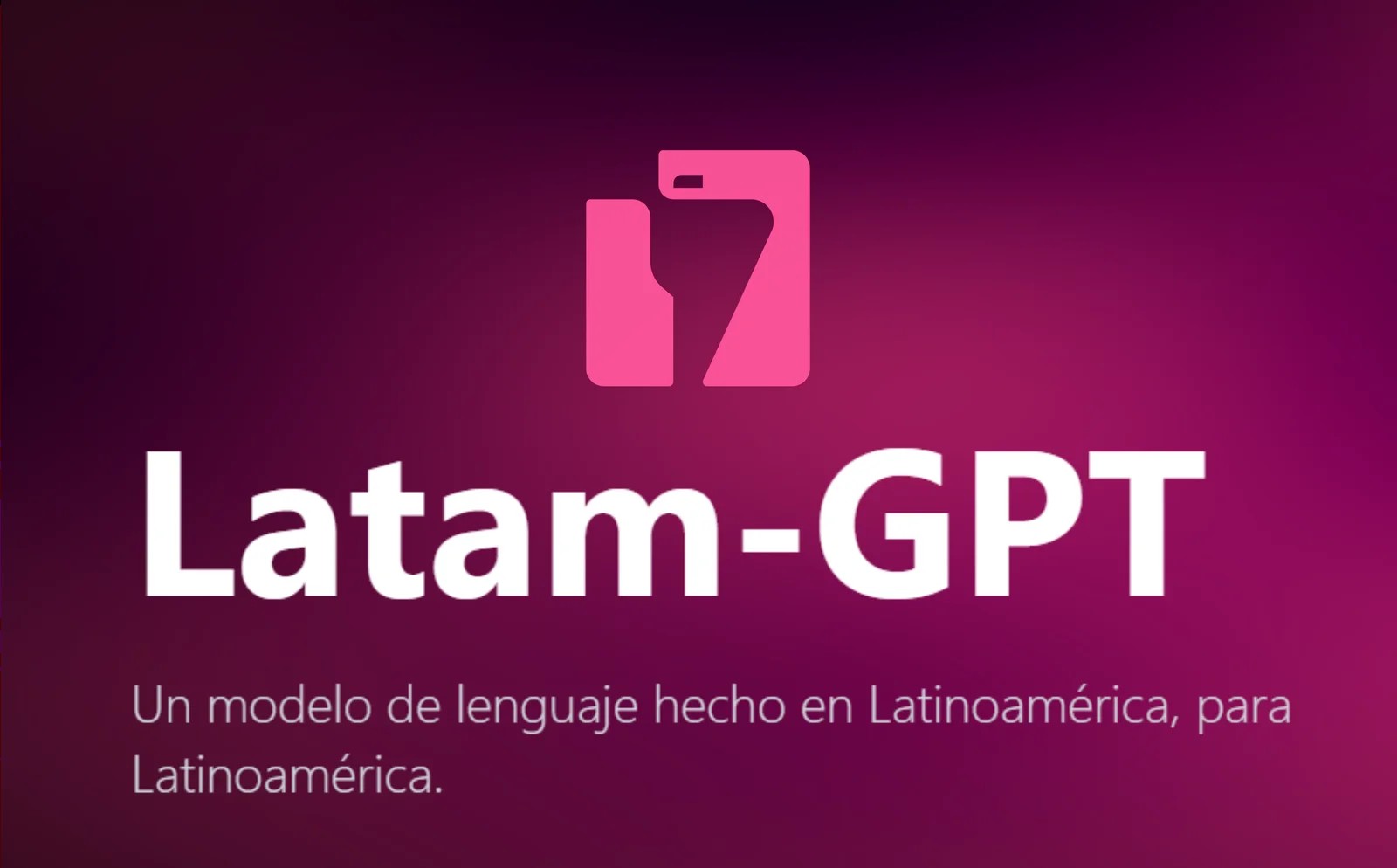In a groundbreaking move, Latin America will unveil Latam-GPT this September—the region’s first artificial intelligence model designed specifically for language processing with a cultural and linguistic lens. The initiative is led by Chile’s Centro Nacional de Inteligencia Artificial (CENIA) and brings together the collaborative effort of over 30 organizations from across Latin America and the Caribbean.
Unlike traditional AI models, which are often developed in and for the English-speaking world, Latam-GPT is being built with the unique historical, cultural, and linguistic complexities of the region in mind. According to Álvaro Soto, director of CENIA, the model has been trained on approximately 17.5 terabytes of data, much of it sourced from non-internet and region-specific materials, including indigenous languages and local knowledge repositories.
Bridging the Digital Divide
The architecture of Latam-GPT reflects a hybrid computing infrastructure, combining local computational power with cloud services to maximize efficiency and reach. This setup not only ensures regional accessibility but also strengthens Latin America’s digital sovereignty—a concept that prioritizes local control over data and technology.
The Chilean Minister of Science, Aisén Etcheverry, emphasized that the goal is to move beyond consumption and prove that Latin America can also be a developer of advanced technologies. The model is being positioned as an open AI engine, not just a chatbot, which means it can be adapted for various uses like education, public services, justice systems, and more.
A Model Built for the Region, by the Region
What sets Latam-GPT apart from other large language models is its deeply regionalized data-gathering approach. Rather than simply scraping the internet, CENIA and its partners sought out institutions, scholars, and communities to contribute meaningful, original content. This includes oral histories, academic texts, local publications, and even community-based knowledge that is often left out of global AI projects.
Pilot versions of the model have already incorporated Rapanui and Mapudungun, indigenous languages from Chile, as part of a broader effort to protect linguistic diversity. “When our history and worldview are not reflected in digital spaces, pieces of our culture begin to disappear,” said Minister Etcheverry. “AI accelerates this gap, and it must not happen in Latin America and the Caribbean.”
Regional Cooperation and Future Expansion
The Latam-GPT project was formally launched in 2023 and has received funding from CENIA, Chile’s Ministry of Science, and the Development Bank of Latin America and the Caribbean, among others. Brazil has recently joined the initiative, and discussions are ongoing to include Colombia, Ecuador, the Dominican Republic, and Peru.
The initial version of Latam-GPT will contain 70 billion parameters, making it a competitive model on the global stage. Importantly, it is being designed as a public utility, allowing regional developers, startups, and governments to build localized AI applications tailored to their specific needs.
Looking Ahead: AI for All
The mission is clear: democratize access to AI and build a model that mirrors Latin America’s diversity in both form and function. Local municipalities in Chile have already begun experimenting with Latam-GPT-powered solutions. The next phase includes expanding its capabilities beyond text—to include images, numerical data, and potentially even video—in order to create a more holistic representation of Latin American realities.
As AI technologies reshape the global digital landscape, Latam-GPT stands as a bold statement of regional autonomy and innovation. It represents not just a technological leap, but a cultural safeguard. With this initiative, Latin America is claiming its place in the AI revolution—not as a passive observer, but as a creative force.

